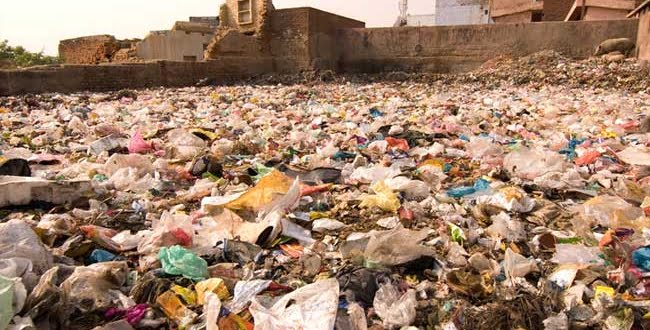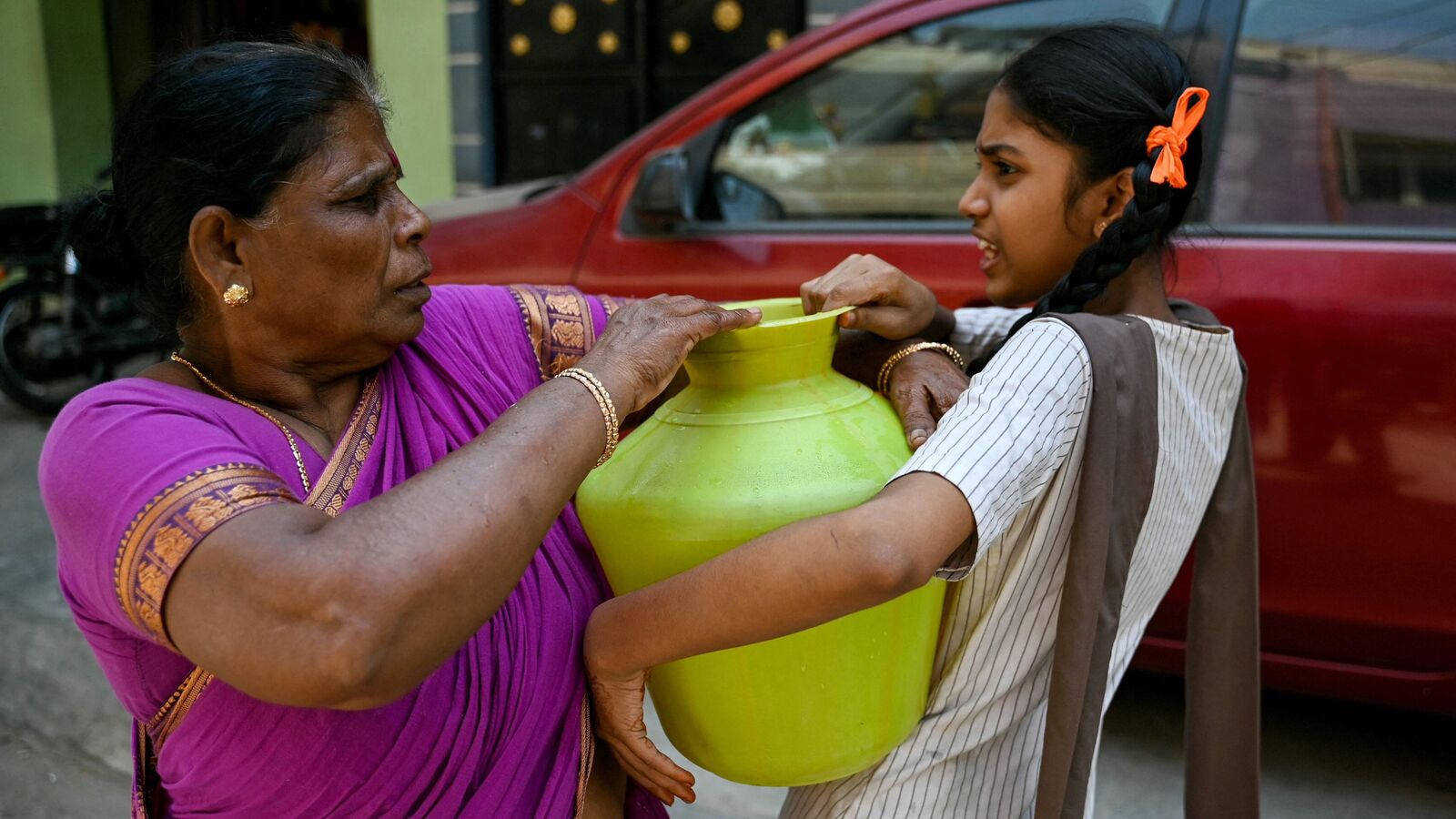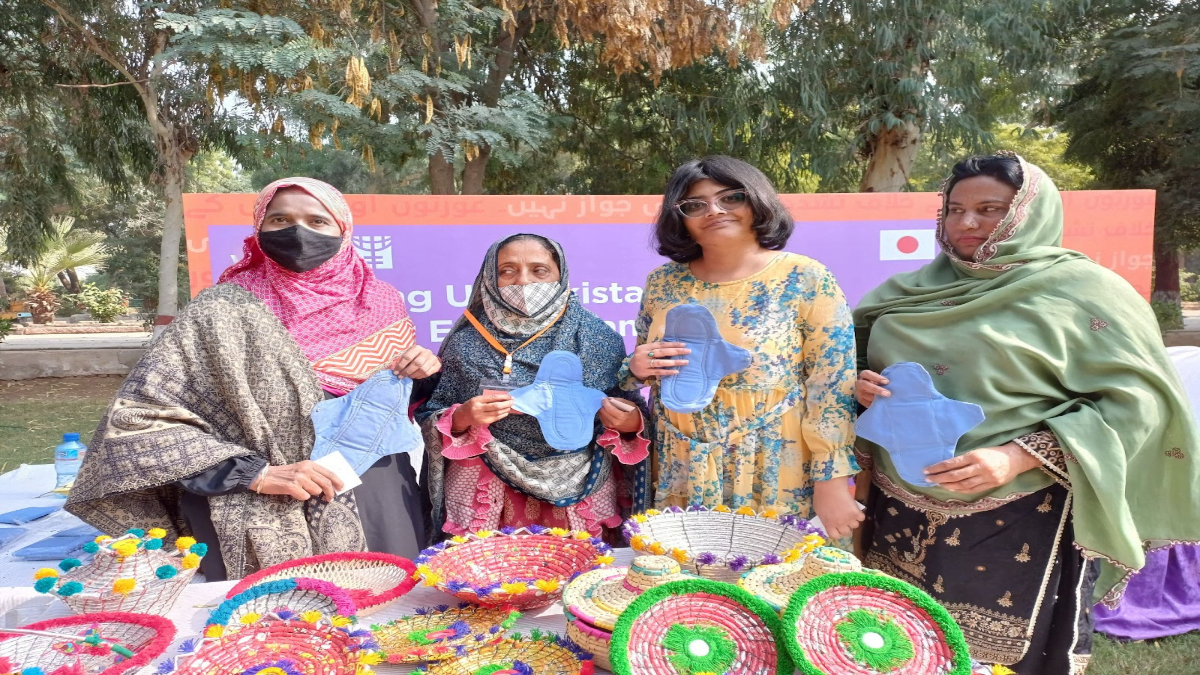Posted by Lauren Chockman
Every year India produces 9000 tonnes of sanitary waste, which is about 90% as heavy as the Eiffel Tower. Like the famous French structure, our sanitary “footprint” will far outlive our own lives, and remain for the generations to come. It is becoming common knowledge that our pads will spend the next hundreds of years breaking down in landfills or oceans. Yet, this is not the end of the story.
Unbeknownst to many, from the landfills and the oceans, the pads make a return in the form of microplastics and chemicals. In this way, hidden from sight, we find them in our homes, food, air and water. At the end of the day, the destination of disposable pads is in our own bodies.
At this juncture, our choice of menstrual products need not only be driven by discretion and convenience: they can become informed acts about the world we want to live in.
Plastic pads
Sanitary waste is a problem because of the “ingredients” in disposable pads. Conventional pads are 90% plastic; even the “fabric” upper layer is a plastic woven sheet. Add to that the packaging, plastic wings and adhesives, super absorbent (plastic) polymer gels, and each pad is the equivalent of four plastic bags.
Plastic takes 500 to 800 years to degrade. Degrade simply means breaking into “very small pieces of plastic”. It may appear to disappear, however, nothing has changed except for the size of the plastic.
As put by one scientist, “the smaller those pieces get, the more places they can go.” These places include the air we breathe, the water we drink, and the food we consume. To be more specific: microplastics have been found in the tissues of fish and shellfish, sea salt, tap water, honey, household dust and even German beer.
Like the famous Eiffel Tower, our sanitary “footprint” will far outlive our own lives.
A recent United Kingdom study found that people could be swallowing as much as 1000 tiny plastic particles with every meal, from the household dust that falls on our plates. The water you drink with your dinner? Water samples collected from five continents found that more than 80% contained plastic fibres. To date, the effects of microplastics on human health remain disturbingly unknown.
Waste management in India
In India, there is currently no standardised method of sanitary waste disposal.
In theory, sanitary waste falls into two categories: plastic and biomedical waste. Classified as biomedical waste due to the presence of blood, it would mean pads are pre-treated before disposal, collected regularly and incinerated. Classified as plastic, and pad producers and brand owners would have the responsibility to contribute to the collection of the pads they produce.
The reality, however, is vastly different. Disposable pads fall under the Solid Waste Management Rules as Domestic Hazardous Waste – meaning they can be thrown out with household garbage. Unless wrapped properly or marked, this practice poses a health risk to the collectors who sort through waste. Under these Rules, pad manufacturers’ sole responsibility is to provide a pouch (often plastic) to wrap used pads in before disposing of them with dry waste.
In rural locations, the problem of disposal is compounded. In the absence of waste collection services, individuals resort to burning, burying or flushing used pads. According to one study in the Chamrabaad village of Bokaro district, Jharkhand – the majority of women do not have access to a private bathroom and dispose of pads in the same pond where they bathe.
Burn baby burn
In the urgency to address sanitary waste, the government has promoted the use of incinerators. Seizing this government directive, corporations and social entrepreneurs have developed and promoted mini incinerators for public, school or home usage (check out the Eco Femme blog).
Also Read: Know Your Alternative Menstrual Products | #ThePadEffect
Unfortunately, as one author bluntly put it;
“Many incinerators are not really incinerators, they are just facilities to burn trash.”
Burning and incineration are considerably different. Burning is uncontrolled and unregulated: the smouldering heaps you see on the side of the road. Incineration is a controlled process: burning at a specific temperature in contained spaces with monitored emissions.
This is to ensure that temperatures are high enough to burn toxic chemicals and prevent them from dispersing into the atmosphere. Burning plastic at temperatures less than 800 degrees Celsius releases toxic pollutants such as dioxins. Dioxins are carcinogenic chemicals linked to problems with reproductive health and child development.
As of yet, there are no provisions to monitor the emissions from small-scale or mini incinerators, leaving concerns about operating in unsafe conditions.
A final note on incineration: whilst eliminating the biomedical hazard, this strategy does not eradicate waste. As in the case of plastic, incineration simply reduces the mass of the waste. The remaining ash, some of which is highly toxic fly ash, also requires disposal and maybe placed in a landfill.
Out of sight, out of mind
When it comes to disposable pads, waste management is premised on “out of sight, out of mind”. At best, it can only ever make plastic waste reduce in size and become invisible to the naked eye. Once “invisible”- whether micro-sized plastic particles or the fine dust of incinerated fly ash – plastics are free to spread far beyond their point of disposal.
people could be swallowing as much as 1000 tiny plastic particles with every meal.
The way forward
The easiest waste to manage is the waste that we did not produce. India has an opportunity to forge an alternative path focused on reduction rather than management of sanitary waste. In many ways, India is well equipped to make a change.
Only a fraction (between 12 – 58%) of the 355 million women of menstruating age in India use disposable pads. With the government and organisations turning their focus on the remaining 50%, disposable products need not be the only answer.
India has a long tradition of sustainable and resourceful practices and menstruation is no exception. The practice of using cloth pads during periods far predates disposable pads, which have only been around for the last 30 years. Cloth pads can be used for 3 to 5 years, saving about 300 plastic bags worth of plastic.
Natural material like cotton is biodegradable. This means, at the end of their use, the cloth returns to nature and is broken down into the building blocks from which new living things can be made. Today there are other sustainable menstrual products like menstrual cups and period panties (for more information, check out the Green the Red).
In the end, it boils down to choice. Menstrual products and practices offer an opportunity to act decisively and meaningfully, every month. Disposable pads not only directly affect our vaginal health but also our overall health by altering the environment around us.
In the case of sanitary pads, it is an impact that lasts beyond our lifetime. Who is responsible for our pads? We all are. This is an issue that transcends boundaries of time, space and gender. The question is – what kind of world do we want to leave behind?
Also Read: Disposable Pads And Tampons – A Ticking Time Bomb? | #ThePadEffect
Lauren Chockman is a volunteer at Eco Femme. Originally published in Eco Femme, this article has been republished with permission.
Featured Image Credit: Banega Swachh India





I think the young generation brought up on throw away culture need to be given demonstrations on how to use and reuse eco-friendly pads. I watched a film on period panties and it had nothing about how to wash and reuse them. That will the most important question for the younger lot before they venture into something new.